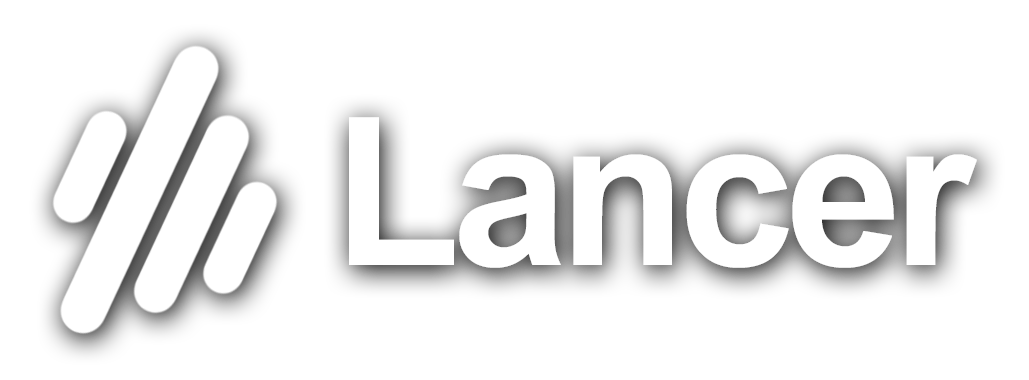Operations
Amaria Healthcare has two methods of operation both within the Clinic and as well as within the city. With this, Amaria would be honored to introduce a new sub-organization;
Trauma Response
Trauma Response (TR) is responsible for responding quickly and efficiently to situations where a client is rendered inoperable and unable to make their own way to the Clinic. Each member of TR is trained to stabilize the patients as well as handle them in order to bring them to the Clinic as safely and as quickly as possible. They’re typically dispatched as groups, called Trauma Teams, and are equipped with the finest equipment available to them;
TTs are expected to ensure their client’s safety by any means; you have full jurisdiction over the patient unless instructed by a Civil Protection unit. The client’s safety is paramount to your duty. Drop off the patient at the Clinic and await a doctor/nurse to transfer the patient into their custody. There, the lead unit for the team will be expected to fill out their report and prepare to respond again to a calamity.
Upon receiving the patient from the Trauma Team, doctors are required to ask the leading TT operator to fill out their part of a report. The doctor (or nurse) then relocates the client to the Emergency Room and begins diagnosing them;
Scene Safety: Ensure safety for all. Assess the situation to ensure it is safe for themselves, bystanders, and other emergency responders. Cooperate with Civil Protection Teams to secure the scene if necessary.
Primary Assessment: Check airway, breathing, and circulation (ABCs). Perform a rapid primary assessment to identify life-threatening conditions such as airway obstruction, breathing difficulties, and severe bleeding.
Airway and Breathing Support: Manage airway and assist breathing if needed. They may administer supplemental oxygen and assist ventilation using bag-valve-mask ventilation or advanced airway devices.
Control Bleeding: Apply pressure to stop bleeding. Assess the patient's circulation, including pulse rate, skin color, and capillary refill. If the patient is bleeding profusely, they apply direct pressure to control bleeding and may use hemostatic dressings or tourniquets if indicated.
Assessment of Disability: Check consciousness and neurological function.
Exposure and Environmental Control: Ensure the patient is properly exposed, protected, and adequately exposed for further assessment and treatment while maintaining their privacy and dignity. They protect the patient from environmental factors such as cold or heat.
Secondary Assessment: Detailed check for additional injuries, gather a thorough medical history, perform a physical examination, and obtain vital signs.
Transport Decision: Decide whether to transport to hospital or treat on scene.
Documentation and Communication: Document findings and communicate with hospital staff.
Clinic Operations
The Clinic has undergone many changes since the establishment of Amaria Healthcare: We’ve chosen to establish a premium healthcare service at costs depending on one’s conformity class.
Unlike before, patients must pay a fee for our services. This is very much dependent on their social class, as stated above. To calculate the cost of one's treatment you must calculate the price of all the products used in the treatment and discount it by fifty percent (50%) for Upper Class and twenty five (25%) for Middle Class.
If one is of a Working Class background you may charge them no more than full price. If one has been deemed a Minimal Class then they’re to pay an additional twenty five percent (25%) for their infractions against the state.
In the event of receiving a patient from your Trauma Response cohorts, there are several basic steps to follow.
Handover Communication: Trauma staff provides patient details including essential information about the patient's condition, vital signs, interventions performed, and any immediate concerns.
Initial Assessment: Quick assessment of airway, breathing, circulation. This assessment helps prioritize interventions and determine the patient's immediate needs.
Stabilization: Address life-threatening issues promptly. This may include securing the airway, providing oxygenation and ventilation support, controlling bleeding, administering fluids or medications, and addressing any other critical concerns.
Diagnostic Evaluation: Order necessary tests for further evaluation. Such as blood work, imaging studies (X-rays, CT scans), or other investigations to further evaluate the patient's condition and guide treatment decisions.
Treatment Plan: Formulate a tailored treatment plan. This may include medical interventions, surgical procedures, pain management, or other therapeutic measures aimed at addressing the underlying condition and optimizing outcomes.
Consultation and Collaboration: Collaborate with specialists if needed. Collaboration and communication among team members are essential for coordinated care delivery.
Monitoring and Reassessment: Continuously monitor and reassess patients.
Documentation: Maintain accurate records of care provided.
Social Hierarchy
Civil Protection (Code: SANDMAN)
Subject is to be immediately extracted and treated before anyone else if no other Civil Protection Team is around. There will be no excuses for not extracting a SANDMAN before any others.
No documentations are to be recorded on Amaria systems, all information attained by authorized R2 personnel must be forwarded to the Director of Operations immediately.
Priority Class (Code: PLAT)
Free healthcare & extraction.
Free check-ups upon request.
No waiting list.
Gifted Trauma Response services free of charge.
Upper Class (Code: JADE)
Middle Class (Code: AMBER)
Working Class (Code: BRASS)
Minimal Class (Code: MINIMAL)







